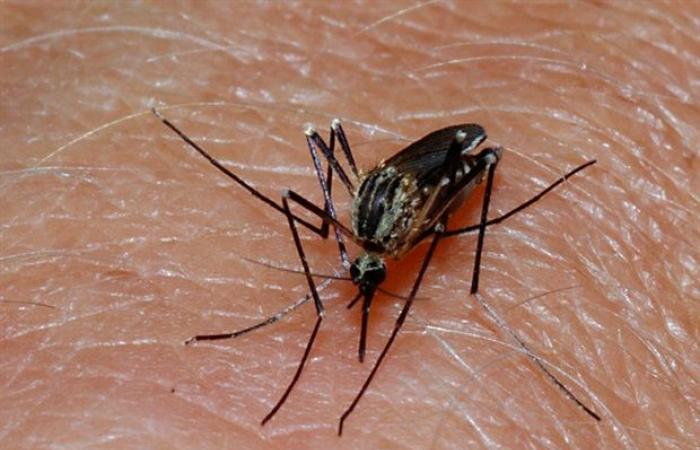Testing for malaria could be as easy as putting on a bandage.
That’s the idea behind a platform developed by engineers at Rice University that introduced a microneedle patch for quick diagnostic tests that don’t require blood draws.
The device described in the Nature Journal Microsystems and Nanoengineering relies on protein biomarkers found in skin interstitial fluid, which people generally recognize as fluid in bubbles, but surrounding all cells in the skin.
This liquid contains a variety of biomarkers for various diseases such as malaria that can be used for rapid tests. The disposable patches could be programmed to detect other diseases, possibly including COVID-19, said mechanical engineer Peter Lillehoj of Rice’s Brown School of Engineering.
“In this article, we will focus on malaria detection as this project was funded and a priority for the Bill and Melinda Gates Foundation,” said Lillehoj, who joined Rice in January as Associate Professor of Mechanical Engineering. “However, we can adapt this technology to detect other diseases that have biomarkers in the interstitial fluid.”
Developed by Lillehoj and lead author Xue Jiang, a Rice postdoctoral fellow, the stand-alone test delivers a result in about 20 minutes and does not require any medical expertise or equipment.
The sticky patch has 16 hollow microneedles in a 4-by-4 arrangement on one side and an antibody-based lateral flow test strip on the other. The antibodies react when they recognize protein biomarkers for malaria and color two readout lines on the exposed surface of the strip red. If the test is negative, only one line will turn red.
The needles are treated so that they are hydrophilic, which means that they are attracted to water so that the liquid is drawn in and flows to the test strip. Once the test is complete, the device can be removed like any bandage.
While both microneedles and antibody test strips have been scrutinized in depth, Lillehoj said his lab is the first to combine them into a simple, inexpensive package that is easy to deploy when needed, especially in developing regions where fingerprinting blood samples are available Using trained medical personnel to diagnose specimens can be challenging.
The hollow needles are 375 micrometers wide and 750 micrometers long, enough to reach the fluid in the skin, which is typically between 800 and 1000 micrometers thick. The needles are sharp enough to overcome the mechanical stress caused by penetrating the skin.
Xue and I put the patch on our skin and it doesn’t feel painful at all compared to a fingerprint or a blood draw. It’s less painful than getting a splinter. I would say it feels like putting duct tape on your skin and then peeling it off. ”
Peter Lillehoj, Maschinenbauingenieur, Rice’s Brown School of Engineering
They believe the well-known form factor can bring some comfort, especially for children. “We didn’t want it to look like a bandage,” he said. “We started with a rectangular shape and then just rounded the edges to make them a little more presentable. We didn’t plan on doing this, but maybe it will make the patch more accessible to the general public. ”
He estimated that individual patches could cost around $ 1 if made in large quantities.
Journal reference:
Jiang, X & Lillehoj, PB (2020) Microneedle-Based Skin Patches for Blood-Free Rapid Diagnostic Tests. Mikrosysteme & Nanoengineering. doi.org/10.1038/s41378-020-00206-1.
These were the details of the news Microneedle plaster for quick, blood-free malaria tests for this day. We hope that we have succeeded by giving you the full details and information. To follow all our news, you can subscribe to the alerts system or to one of our different systems to provide you with all that is new.
It is also worth noting that the original news has been published and is available at de24.news and the editorial team at AlKhaleej Today has confirmed it and it has been modified, and it may have been completely transferred or quoted from it and you can read and follow this news from its main source.

